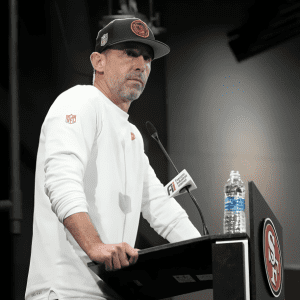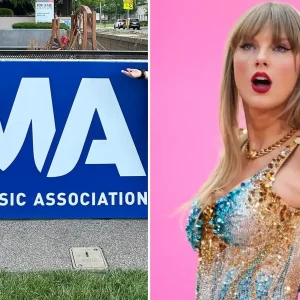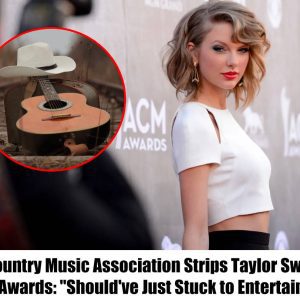The statement in question highlights a contentious issue often faced by schools and parents in today’s society. On one side, the parent who is threatening to remove their child from school seems to hold strong opinions against the display of the pride flag. The pride flag is a symbol of LGBTQ+ rights and inclusivity, and its presence in classrooms often represents support for diversity and equal rights. However, for some parents, this can be seen as an endorsement of values they may not agree with or wish their children to be exposed to. The parent’s decision to confront the school over this issue suggests that they feel strongly enough to take significant action, even going as far as withdrawing their child from the educational environment. This reaction raises broader questions about the role of schools in addressing sensitive social issues. Should schools be neutral spaces that avoid potentially controversial symbols, or should they actively promote inclusivity and diversity, even if it conflicts with certain families’ beliefs?

The school, in this case, might argue that the pride flag is part of their commitment to creating a safe and supportive environment for all students, regardless of their identity. Inclusivity in education is crucial for making all students feel welcome and accepted. The display of the pride flag can help LGBTQ+ students feel represented and supported, especially in an environment where they may otherwise feel marginalized. Removing the flag might send a message to those students that their identity is not welcome or valued in the school setting. This could have serious emotional and psychological consequences for LGBTQ+ students, who may already face bullying or discrimination in other parts of their lives. The flag, therefore, serves as more than just a symbol; it can represent a commitment to fostering a positive and inclusive school culture.

On the other hand, some parents might view the presence of the pride flag as a political statement or an imposition of values they do not share. They may feel that it crosses a boundary between education and personal beliefs, especially when it comes to their children’s upbringing. In such cases, parents may argue that they have the right to determine what kind of values and messages their children are exposed to, especially in a school setting. This can lead to a clash between the school’s mission to promote inclusivity and the parents’ desire to control their child’s exposure to certain social issues. The situation becomes more complex when considering how schools balance these competing interests, ensuring that one group’s values are not imposed on another while maintaining a safe and inclusive environment for all.

In broader terms, this conflict reflects the ongoing cultural and political debates about inclusivity, diversity, and education. Schools are increasingly becoming battlegrounds for larger societal issues, and administrators often find themselves navigating complex, emotionally charged situations like this one. Parents who oppose the pride flag may feel alienated by a school system they believe does not reflect their values, while supporters of the flag may see its removal as a setback for progress and equality. Ultimately, how this issue is resolved will depend on the school’s policies, the values they wish to promote, and the relationship between educators and parents. Communication and dialogue are essential in situations like this to ensure that all perspectives are heard and understood. By fostering an open discussion, schools and parents might be able to find a compromise or at least better understand each other’s perspectives. This conversation is a crucial part of navigating the complex intersection of education, values, and inclusivity in modern society.





